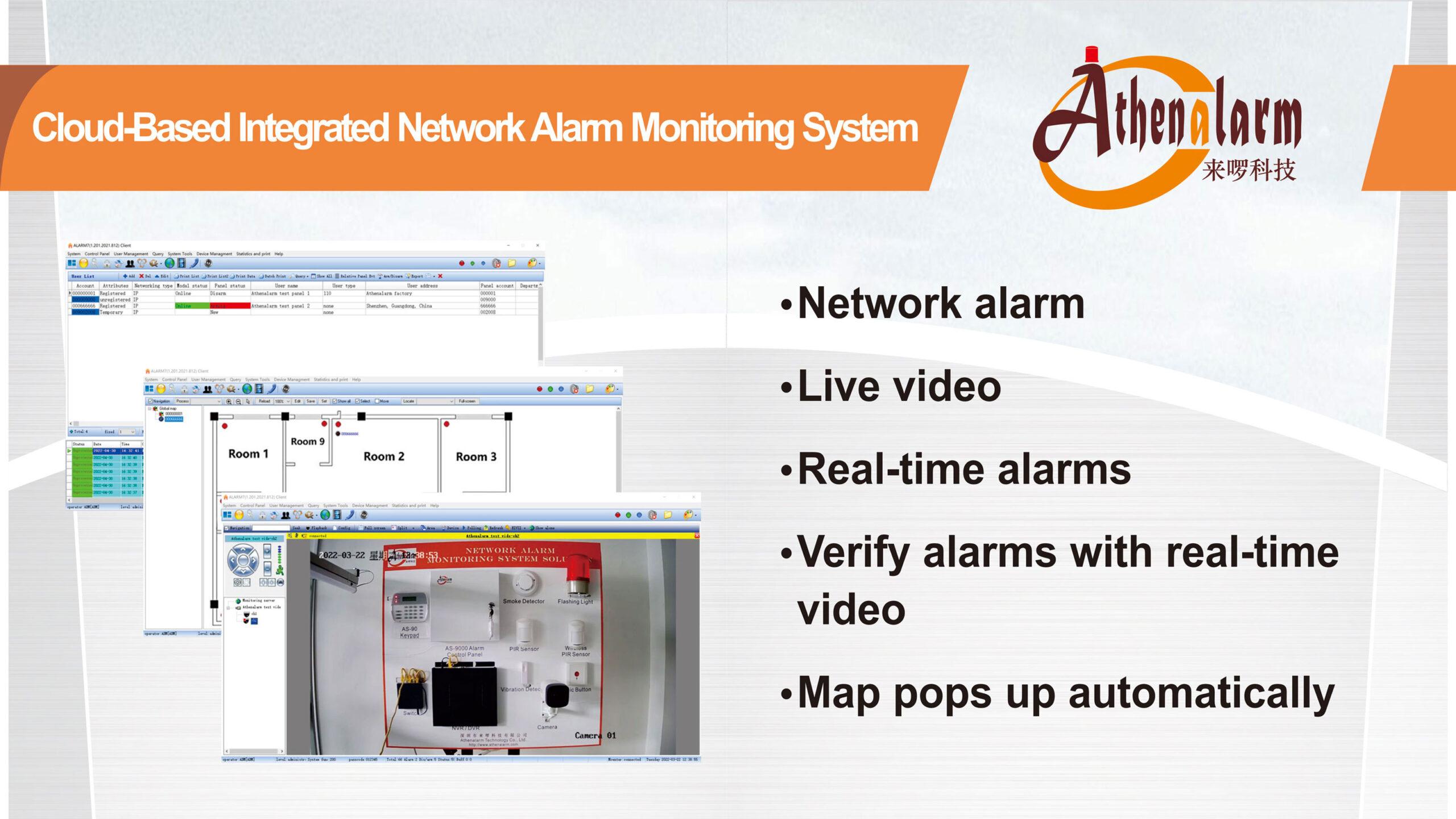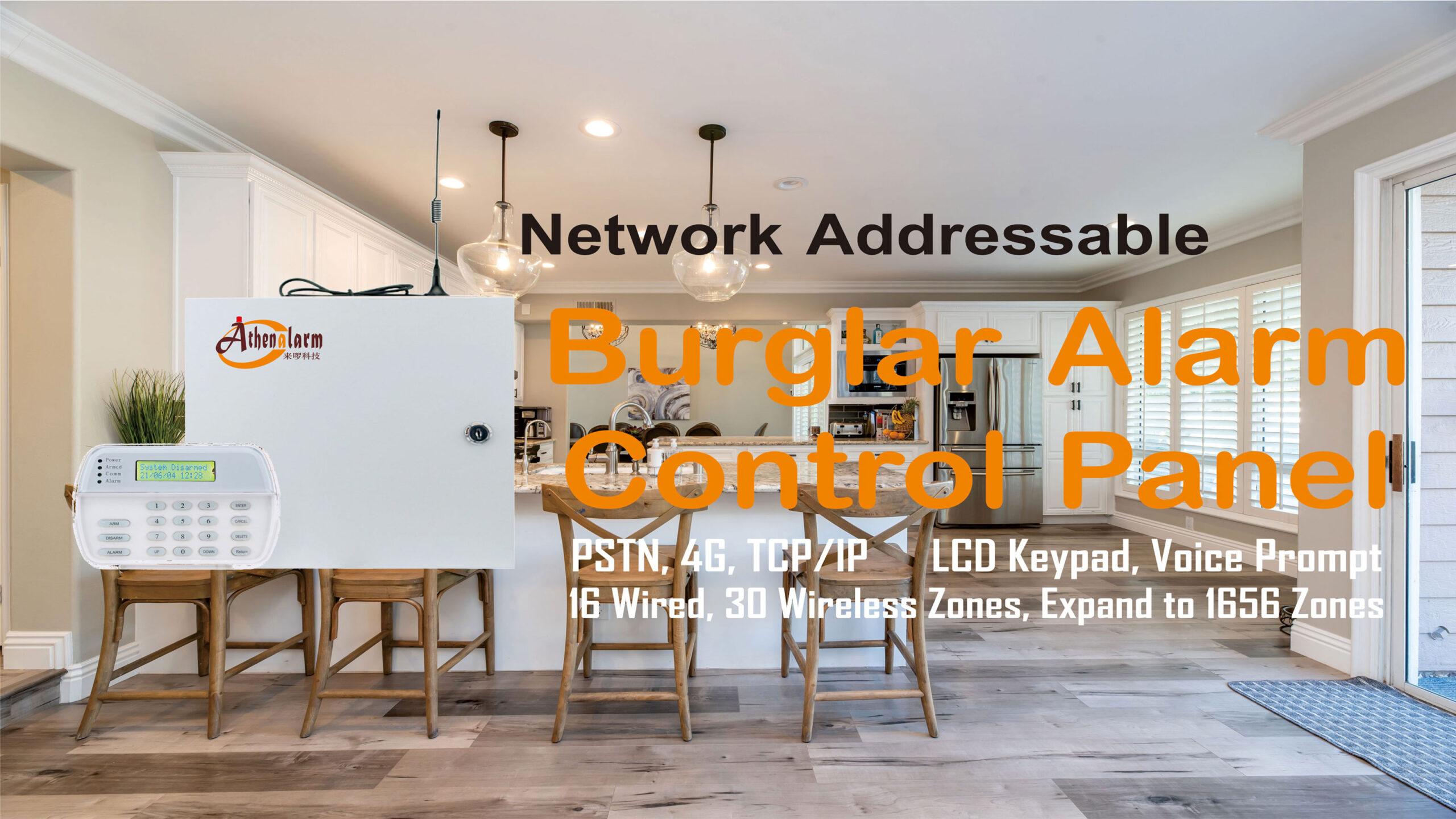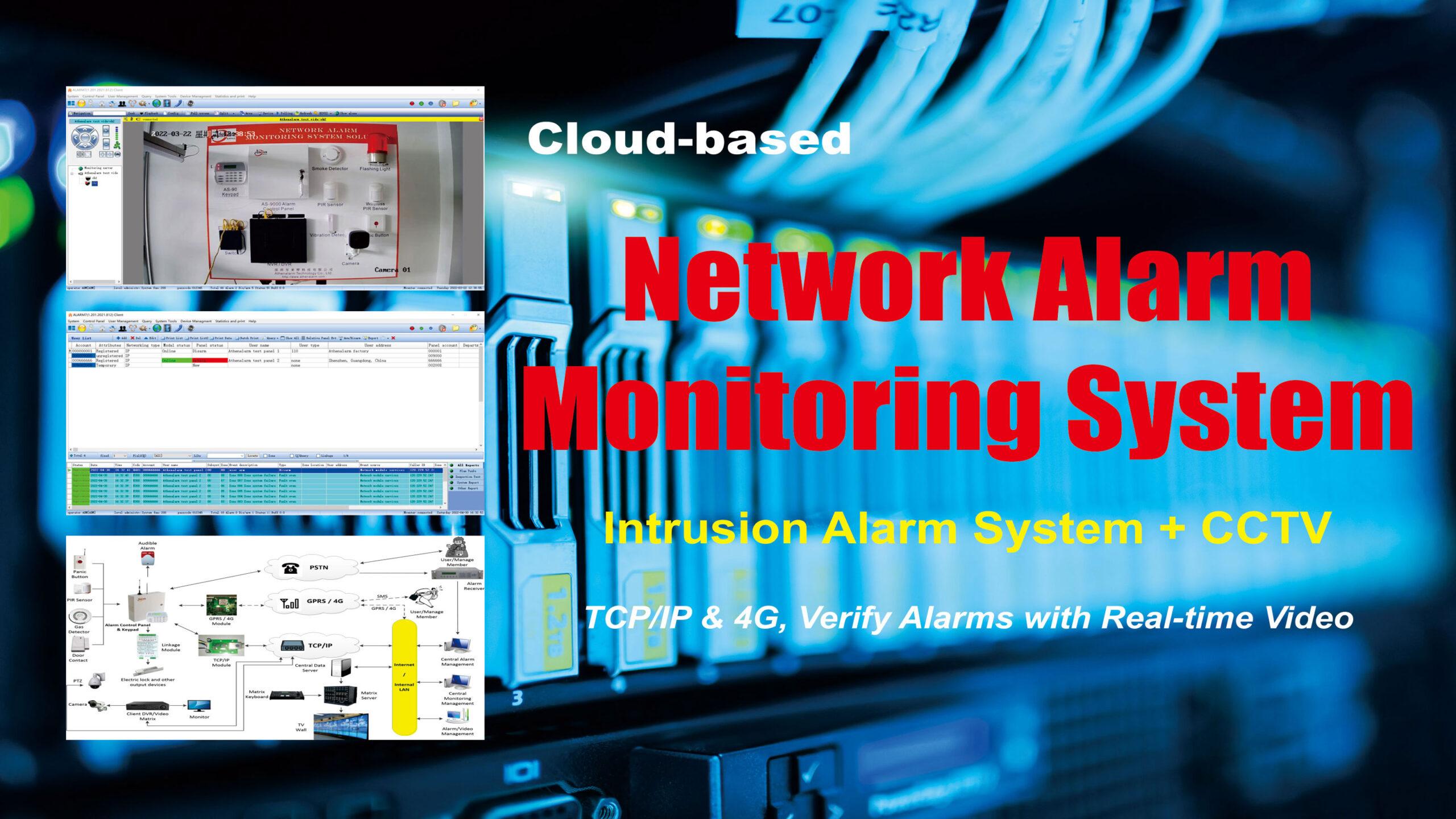



4 Basic Residential Community Security Systems
The scope of residential community security includes: the surrounding area of the community, main entrances and exits, parking lots, unit entrances and exits, and residential areas. The equipment used in the residential community security system is a multi-directional, multi-level, and multifunctional organic combination system. The residential community security system includes perimeter protection system, access management system, intrusion alarm system, video surveillance system, and so on. The residential community security system requires modularity, integration, and standardization. The upgrading and upgrading of alarm software should be technically guaranteed, and have the functions of real-time on-site monitoring, hierarchical management, hierarchical alarm, and networking with the alarm monitoring center. It is not only an independent security prevention and community comprehensive management system, but also an organic component of urban joint prevention and comprehensive governance. It is a brief introduction to the four residential community security systems mentioned above:
1 Perimeter prevention system
The perimeter prevention system mainly monitors and manages the surrounding areas of non-access areas of the community, with the aim of preventing illegal intrusion. Different community boundary conditions and environments are different, and it is often difficult to implement comprehensive and effective management by human defense alone.
The perimeter prevention system can implement 24-hour real-time monitoring of the perimeter area of the community, and carry out computerized management to enable managers to understand the actual situation of the surrounding environment of the community in a timely and accurate manner. It can automatically alarm, automatically record the alarm situation and automatically forward the alarm information if it encounter illegal intrusion. Coupled with video surveillance, it can observe and record the actual situation of the site in real time and intuitively, providing reliable information for alarm verification and post-processing. Its detection technology means are:
(1) Leakage coaxial cable detector
It can detect the movement of high dielectric constant substances or highly conductive materials near cables, such as human bodies and metal materials.
(2) Fiber optic detector
Usually, the optical fiber is buried in an appropriate position below the ground surface. When an intruder steps over the optical fiber, pressure is applied to it, causing slight deformation of the optical fiber, resulting in a change in the pattern of light intensity distribution, and an alarm signal is generated through the alarm control panel.
(3) Ground tone pressure vibration intrusion detector
To detect vibration signals caused by mechanical shock caused by an intruder walking, running, jumping, climbing or digging tunnels, and trigger sound and light alarm of the alarm control panel.
(4) Magnetic field detector
It is used to detect changes in the geomagnetic field caused by the movement of nearby metal materials, and can effectively detect vehicles or armed intruders.
(5) Guardrail anti motion detector
It can detect the mechanical vibration of the guardrail, mainly to detect intruders who climb over the guardrail or steal the guardrail.
(6) Active infrared radiation detector
It consists of two parts: a transmitter and a receiver, which are located at both ends of the warning range during installation. When an intruder enters, it will trigger an alarm because of receiving loss of infrared energy.
(7) Electric security fence
When an intruder touches the electric security fence, the intruder will be shocked by the electricity, and the electric security fence will send an alarm signal to the alarm control panel, then it will alarm.
2 Access management system
The access management system is used for the management and monitoring of the main access roads, garages, public places in the community and the entrance and exit of residential units. The purpose is to manage the people and vehicles entering and leaving the community to prevent illegal acts.
The entrance and exit of the residential unit are shared by a limited number of households, which is mainly to control the entry of the personnel, to ensure the convenience of the the household, but also to implement a limited permit for the entry of the outside personnel (the permit of the household). And its management mainly adopts the method of authorizing the household to enter and allowing access after the visitors are permitted.
The prevention and management of residential community entrances and exits and garages(open or underground) require the community management department to understand and master the actual situation of the personnel and vehicles entering and leaving the community while providing maximum convenience to the residents and reducing unnecessary disputes. And make timely and accurate judgments and handle possible and ongoing alarm situations. The garage entrance and exit management system can monitor and control vehicles entering and leaving.
The preventive measures include:
(1) Building visual intercom management system
It consists of a visual intercom and an electronic control unit door, which has the functions of voice dialogue, image recognition and electronic door opening for visitors.
(2) Chip card security access control system
It is also known as an IC card or smart card, which uses the integrated readable memory or microprocessor built into the card to record information. The storage capacity of information records is large, and it is widely used in access control systems for employee commuting attendance and parking lot vehicle entry and exit records.
(3) Non-contact card
It uses the principle of electromagnetic induction, the card receives the radio frequency signal from the card reader to obtain energy, and sends information to the card reader, so that the card reader can obtain the password on the induction card. When made into a chest card, if the card reader is installed in a suitable position, the door can be read and written directly without taking the card.
(4) Biometric identification technology
Through technological means such as computer and optics, acoustics, biosensors, and biostatistics, personal identity identification is carried out using inherent physiological characteristics of the human body (such as fingerprints, facial features, red film, etc.) and behavioral characteristics (such as voice, gait, etc.). Biometric identification technology is more secure, confidential, and convenient than traditional identification methods. Biometric recognition technology has the advantages of being unforgettable, having good anti-counterfeiting performance, being less prone to forgery or theft, being “portable” and available anytime, anywhere.
3 Intrusion alarm system
It is mainly used for safety precautions in private residences. The purpose is to prevent the occurrence of malicious cases such as burglary and robbery. Its functions mainly include intrusion alarm, emergency call for help in emergencies, and personal assistance.
The intrusion alarm system is the most important and difficult part of community prevention, which requires providing security services while strictly safeguarding the personal rights of residents. The currently widely used passive prevention methods of enclosed (steel doors and windows, protective barriers) are far from the concept of safety prevention. The first requirement for security prevention is that the system can automatically detect the occurrence of a case in a timely and accurate manner, and provide external alarms and calls for help. It also provides emergency assistance for sudden events, with the characteristics of hierarchical management and multi-level networking. According to needs, local or full range defense can also be implemented to achieve multi-level network alarm and management control functions. At present, the ideal preventive technical measures are telephone and other network alarm systems.
The main methods and technologies used in the intrusion alarm system include:
(1) Microwave/infrared dual technology
Intrusion detection can be carried out on doors, windows, and indoor areas using door contact or microwave/infrared dual detector. When an intruder enters the guarded area, the detector is triggered and an alarm signal is issued.
(2) Wireless alarm technology
The wireless wiring is convenient and simple, and its transmission method adopts wireless centralized transmission. The outgoing line is through the PSTN, and wired and wireless are combined. But it is prone to problems such as frequency drift and cross interference.
(3) PSTN network alarm technology
The PSTN can be fully utilized to transmit alarm signals through modulated carrier transmission. Due to the wired connection between the detector and the alarm control panel, it has good anti-interference and stability, as well as good anti-damage alarm measures. However, remote arming by users, every external alarm, and every inspection by the alarm monitoring center all occupy the phone line, which also involves call billing issues.
(4) Bus/PSTN alarm technology
Mainly using a two core bus installed in the residential area, supplemented by PSTN, it can use both bus and telephone alarms, and does not shut down during maintenance. It has the characteristic of one machine for two purposes. The bus intrusion alarm system is not subject to the limitation of telephone charges for users’ deployment and inspection. However, wiring can easily affect the aesthetic effect of the house decoration.
(5) Network transmission technology
By using wired TCP/IP, wireless GPRS, 3G, 4G and other network transmission technologies, alarm information is transmitted to the alarm monitoring center through the network alarm control panel. Network transmission technology has the advantages of fast transmission speed and stable signal, and is particularly suitable for network alarm systems in residential communities.
4 Video surveillance system
The system consists of three parts: image acquisition, transmission, and image monitoring and processing center, mainly including cameras, video image processors, camera equipment controllers, image displays, video recorders, and monitoring and processing hosts. This system is used to display and record real-time images within the prevention area to control front-end devices. By adopting a video surveillance system, it is possible to have a real-time and comprehensive understanding and record of the actual situation of people, vehicles, and public places entering and exiting the community, strengthen community management, avoid inconvenience and errors caused by human management, and improve the efficiency and level of community management.
The perimeter protection system, access management system, intrusion alarm system, video surveillance system are 4 basic residential community security systems. According to needs, residential communities can also adopt security prevention systems such as visual intercom systems, electronic patrol systems, parking management systems, and broadcasting systems to protect the safety of the residential community.
In short, according to the different construction scale and management content and methods of residential communities, improve their corresponding safety prevention systems to make them more scientific and reasonable, and ensure the safety of residential communities.
